Christmas rubbish: How to have less of it and what to do with it
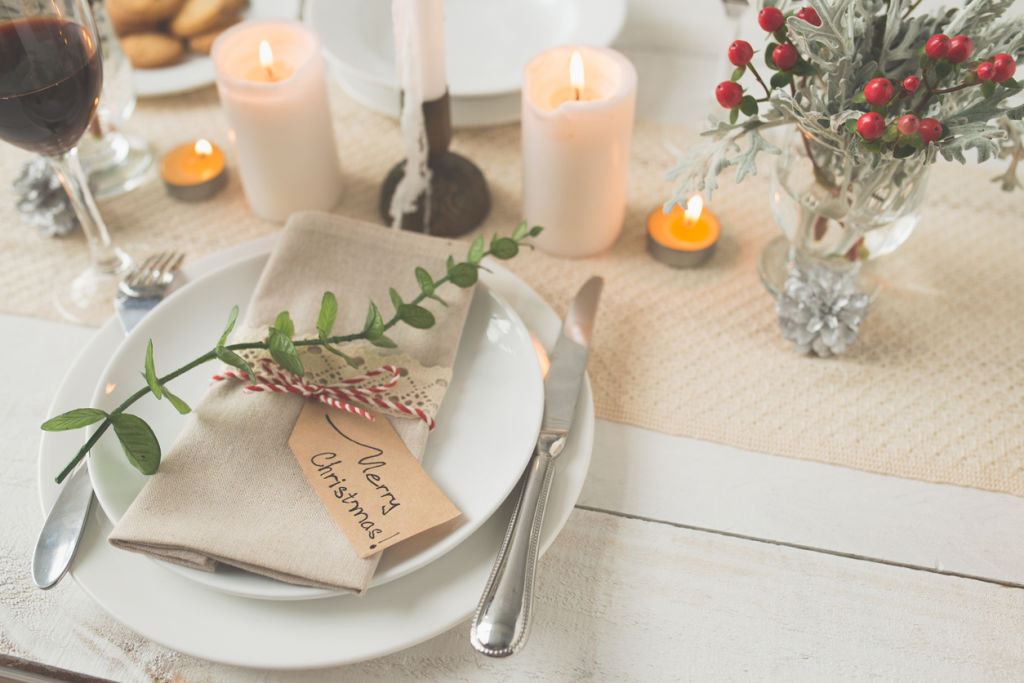
Christmas is one of the busiest times of the year with Australians collectively spending $11 billion a year on gifts, using more than 150,000 kilometres of wrapping paper and most people throwing out a quarter of their food during the festive period.
Three experts suggest the best ways to reduce waste (and financial strain) without ruining the Christmas spirit.
Before Christmas
Think ahead and focus on avoiding waste wherever possible when it comes to all the different categories, according to Deakin University school of life and environmental sciences lecturer Trevor Thornton.
“Try to avoid packaging … after all, many presents will be wrapped so that the packaging from stores will simply be thrown out,” Mr Thornton said, adding it’s important to be mindful of the longevity of electronic gifts and the impact of e-waste.
For food preparation, he suggests choosing sustainable meat and vegetable options and considering what was thrown out in previous years.
“Perhaps think about what you threw out last year and purchase a little less. You will not only save money but also resources and impacts such as greenhouse gases from landfill,” he said.
Considering natural Christmas trees was another environmentally-friendly option that would reduce waste, Mr Thornton said.
“Remember, plastic trees may be easier and last a longer time than the real ones, but the plastic one will be thrown away and will not break down in landfill and mostly cannot be recycled,” he said.
“When choosing trees, decorations and anything else think about the recyclability of the material. Your council website should be able to advise what can and cannot be recycled.”
Christmas time is about the gift of giving, and Monash University research assistant Kim Borg suggested swapping out materialistic items for experiences instead.
“You can easily cut down on creating future landfill by avoiding gifts that people don’t need or won’t use – a fairy floss machine might seem like a great idea at the time, but will it ever be used?” Ms Borg said.
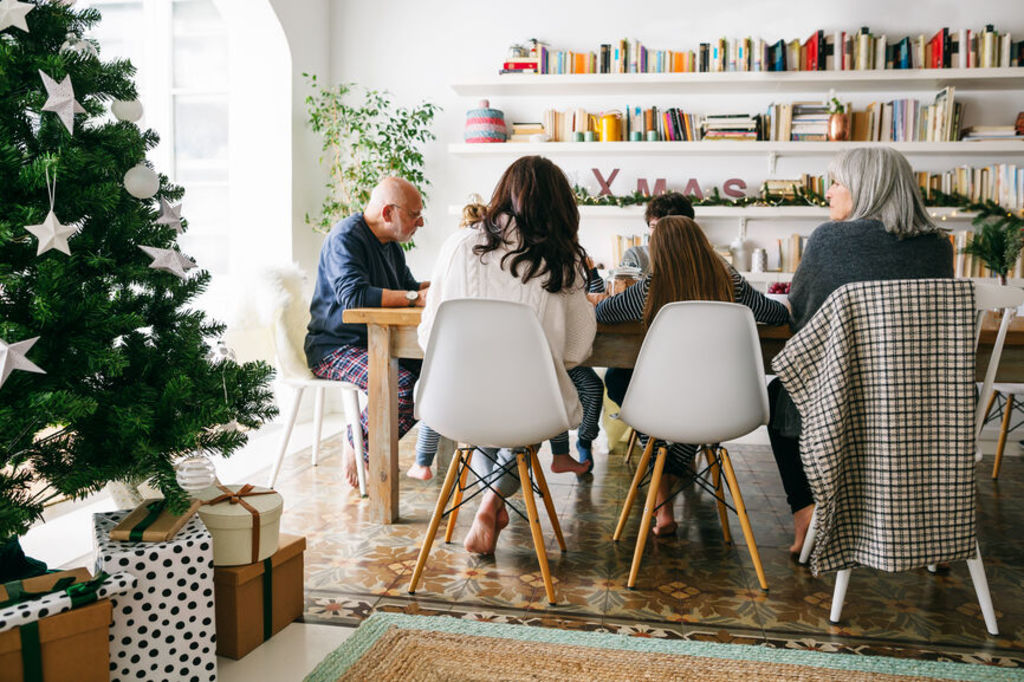
If you do find a great gift that you’re sure will be used often, the next step in cutting down on waste, according to Ms Borg, is how it is wrapped.
“Try using gift bags that can be reused year after year, or you could tie your gifts in reusable wrapping like fancy fabric or even repurposed old clothes,” she said.
Decorations and presents were two significant components of Christmas you could prepare to reduce waste ahead of time, according to Monash University BehaviourWorks Australia research fellow Jenni Downes.
The stores full of glitter with whole new sets of decorations at super-cheap prices were tempting to buy, but Ms Downes warned against indulging.
“Those cheap price tags come with hidden costs: the cost of landfill [because of] your old decorations and the cost of replacing these next year when they wear out (or trend out) after a single season,” Ms Downes said.
She suggested choosing good-quality pieces that could be reused, swapping decorations with friends and family and purchasing handmade, second-hand or recycled decorations.
“Make sure all your Christmas lights are LED and use solar lights where possible for outdoors. And don’t put any broken ones in your rubbish bin – with all the chemicals inside the globes, these need to go to your council’s e-waste drop off or collection,” Ms Downes said.
Meanwhile, Ms Downes echoed the idea of giving experiences instead of “stuff” or giving more meaningful presents by having conversations now with your loved ones about giving experiences or donating to charities instead.
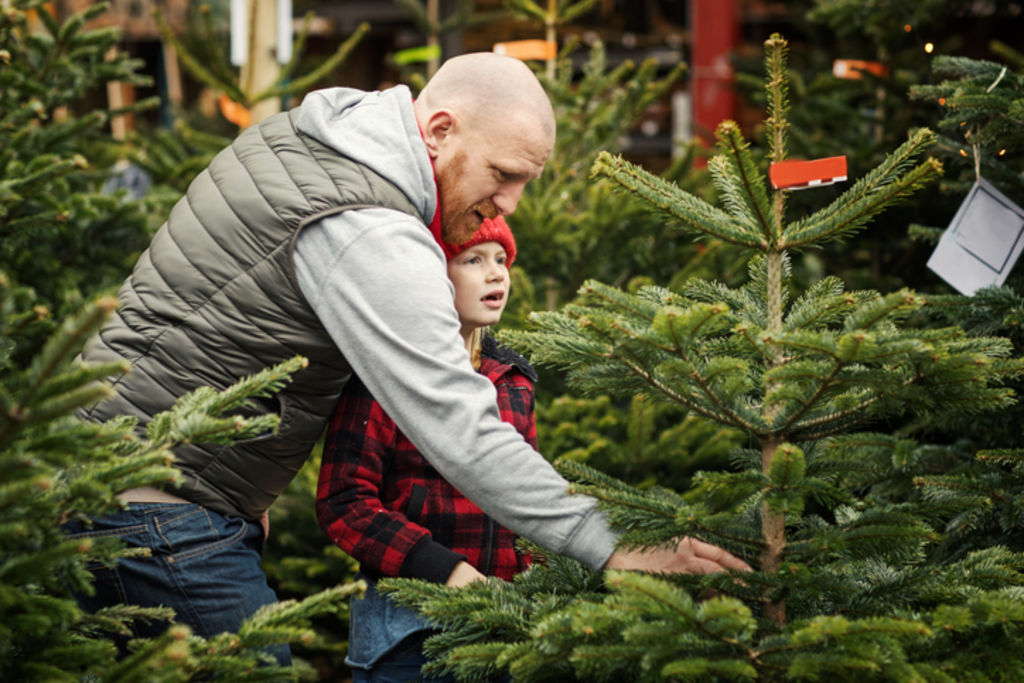
Christmas Day
With family and friends lending a helping hand in cleaning up, keep an eye on what they throw in the waste or recycling bins, Mr Thornton said.
“While it may not always be easy, a gentle hint advising where to place the material now not only ensures your waste and recyclables are managed correctly but also educates and hopefully achieves improved actions for the long term,” Mr Thornton said.
He acknowledged the use of disposable plates and cutlery was sometimes easier but to opt for the biodegradable options such as bamboo.
Meanwhile, Ms Borg stressed planning and cutting down on single-use items on the day as much as possible.
“If you don’t have enough plates or cutlery for your guests, consider asking your guests to BYO. This might feel a bit strange at first, but it’s not too different from asking guests to BYO alcohol or a camping chair,” Ms Borg said. “And the truth is, most Australians are concerned about environmental sustainability and want to do more to address the problem.”
She said there were several ways to cut down on food waste on Christmas Day if you did end up with leftovers.
“In exchange for bringing their own plates, you could incentivise your guests by offering them leftover food too, if they BYO containers.”
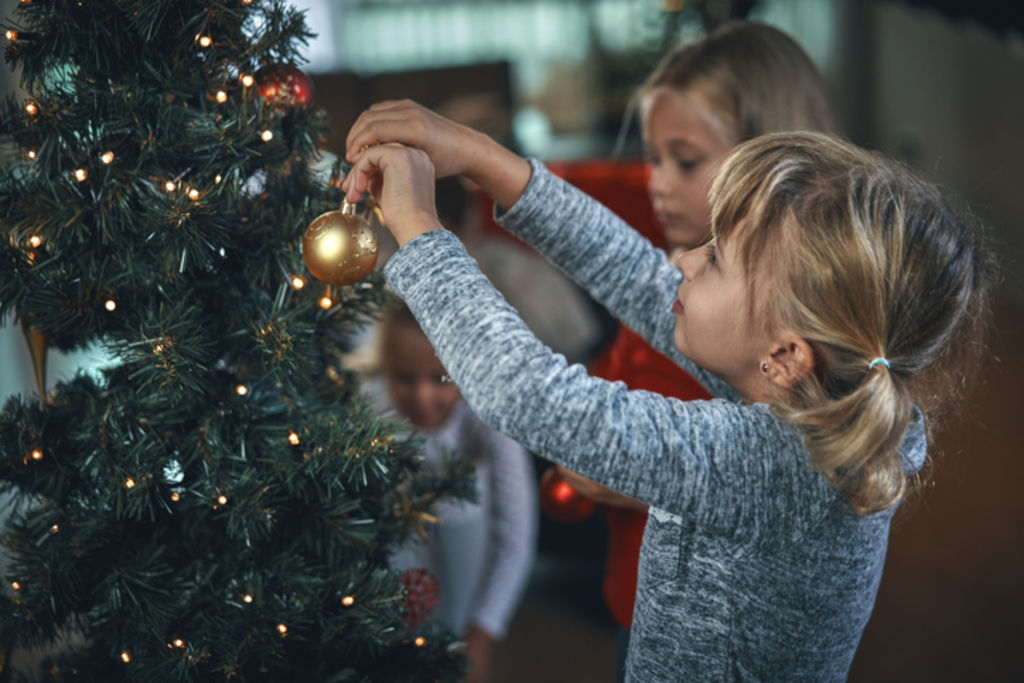
“Or you could avoid having leftovers in the first place by planning how much food to buy based on how many people will attend and sticking to your plan and avoiding impulse purchases,” Ms Borg said. “Avoid over-catering – the planet and your waistline will thank you.”
Disposing of unwanted wrapping paper correctly and salvaging high-quality paper for next year were ways to cut down waste on the day, according to Ms Downes.
“Do make sure all unwanted paper wrapping does end up in recycling but note that plastic or cellophane, foil or glitter-swamped wrapping belongs in the rubbish,” Ms Down said. “Save high-quality paper by opening carefully (try cutting sticky tape with scissors) and store for use next year,” Ms Downes said.
The biggest waste culprit on the day was food, according to Ms Downes, but it did not have to be that way.
“Put out only small amounts at a time, and top up frequently, keeping the rest of the food safely stored away,” Ms Downes said. “Get people to serve themselves, but give them smaller plates while encouraging them to go back for seconds and thirds (and fourths!).”
She also said leftovers should be stored correctly in fridges or freezers and creative ways found to preserve them over the following days.
“Find family or friends with compost, worm farm, chooks (or dogs!) and divert any food scraps away from your rubbish bin,” Ms Downes said.
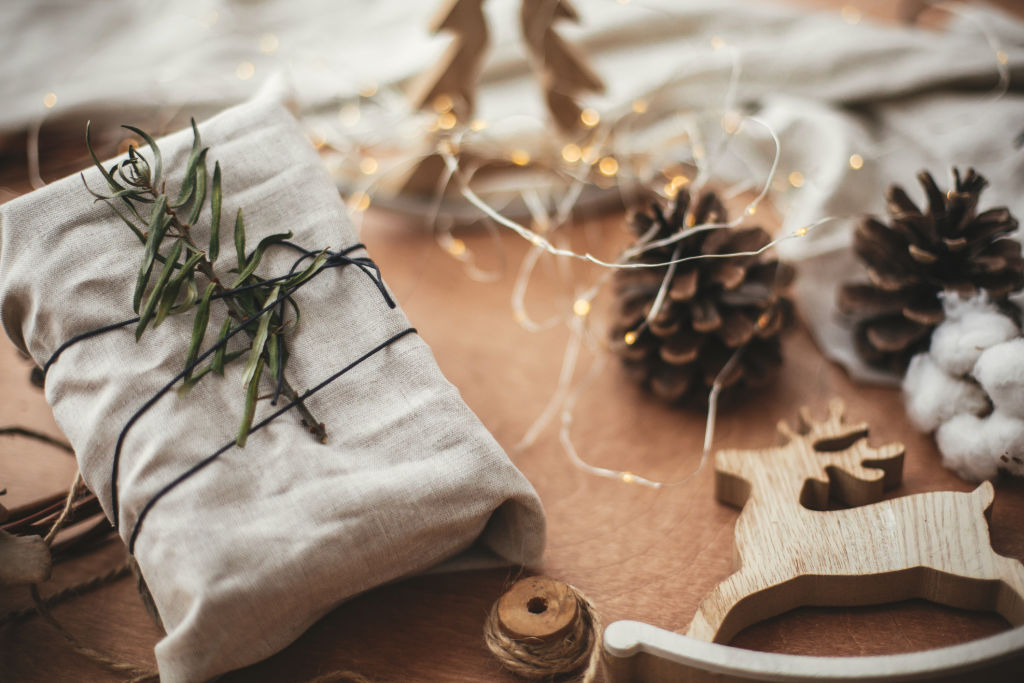
After Christmas
The big message from all three experts is to reuse whatever you can salvage after the big day from the food, to the wrapping and decorations, to the gifts themselves.
“If any food is leftover, don’t throw it away – make some recipes that can be frozen,” Mr Thornton said. “Ham can be used for a lasagna … bones for stock. However, if you do need to throw it out, compost is better than putting it in the waste bin.”
Even the most waste-conscious people will end up with some waste at the end of the holiday period, Ms Borg said, and disposing of it correctly would reduce your impact.
“Remember that any electronic waste (anything with a cord or battery) shouldn’t go to landfill but an appropriate drop-off centre,” Ms Borg said.
She also suggests repairing, repurposing and recycling anything that may have been collateral damage.
“Repair anything that broke rather than sending it straight to the bin. This might be a cheap toy or grandma’s favourite vase – if you can, try to fix it to give it a longer life,” Ms Borg said. “If you do end up with a few broken plates that can’t be repaired, could you create a piece of mosaic artwork? If you ripped your favourite dress beyond repair, could you use the fabric next year as gift wrapping?
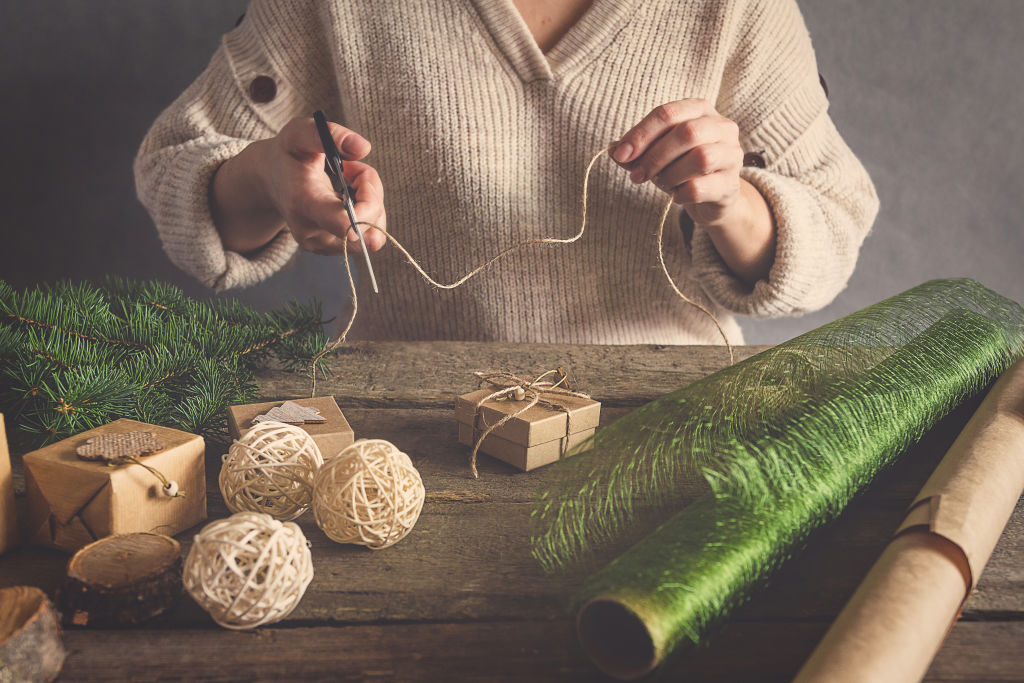
Re-gifting unwanted presents to better homes or selling and donating them was better than letting them pile up or get thrown out, according to Ms Downes.
“Despite people’s best intentions, many people end up with gifts that they can’t or won’t use. Don’t just store them away in a dusty attic, basement or cupboard, give them a new life where they can be useful,” she said.
When things are thrown out, all three waste experts stressed the importance of correct disposal.
“For fresh Christmas trees, check if your council has a special mulching service, or take it to the garden section of your local recycling or waste facility,” Ms Downes said.
We recommend
States
Capital Cities
Capital Cities - Rentals
Popular Areas
Allhomes
More







